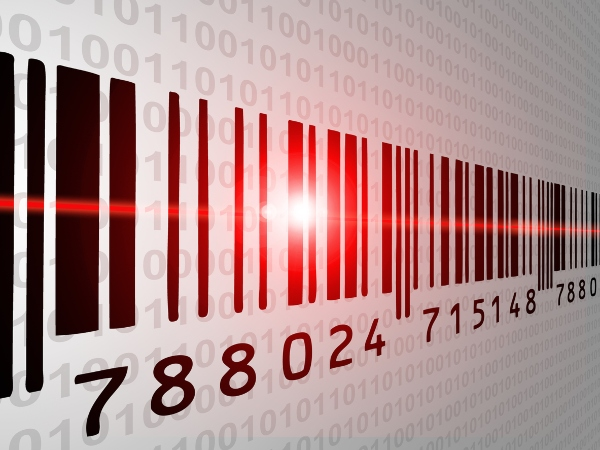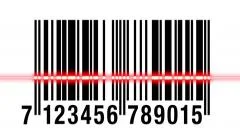Abstract
In the rapidly evolving landscape of online auctions and e-commerce, efficient inventory management plays a pivotal role in the success of businesses. This white paper explores the implementation of barcode scanning technology as a means to streamline the process of cataloging items for sale in an online auction. By leveraging barcode scanning, businesses can enhance inventory accuracy, reduce human error, increase operational efficiency, and provide a seamless experience for both sellers and buyers.

1. Introduction
As online auctions continue to gain popularity, businesses are faced with the challenge of managing an increasingly diverse and voluminous inventory. The manual process of entering item details can be time-consuming and error-prone. Barcode scanning technology presents a solution to this problem, offering a faster and more accurate way to catalog items for sale.
2. Barcode Scanning Technology
2.1 How Barcode Scanning Works
Barcode scanning involves the use of specialized devices or applications to capture and decode the information encoded in a barcode. Barcodes are unique combinations of lines and spaces that represent data such as item IDs, descriptions, and prices. Modern barcode scanners utilize optical sensors to read these patterns and convert them into digital information that can be used for various purposes, including inventory management.
2.2 Benefits of Barcode Scanning
- Accuracy: Barcode scanning significantly reduces the risk of manual data entry errors. It eliminates typos, misinterpretations, and other mistakes that can occur when entering item details manually.
- Speed: The process of cataloging items using barcode scanning is much faster compared to manual data entry. This enables businesses to process larger volumes of inventory in a shorter amount of time.
- Efficiency: Barcode scanning streamlines the workflow by automating the data collection process. This frees up personnel to focus on other tasks that require human intervention.
- Real-time Updates: Scanning items using barcodes allows for real-time updates to the inventory database. This provides accurate and up-to-date information to both sellers and buyers.
- Improved Customer Experience: Buyers can quickly access detailed item information by scanning the barcode, facilitating informed purchasing decisions.

3. Implementing Barcode Scanning for Online Auctions
3.1 Hardware and Software Requirements
- To implement barcode scanning for online auctions, businesses need the following components:
- Barcode Scanners: These devices can be handheld or fixed-position scanners, integrated with smartphones or computers. Choose scanners that support the types of barcodes commonly used in your industry.
- Mobile Apps or Software: Develop or select software that supports barcode scanning functionality. The software should be integrated with your online auction platform and inventory management system.
3.2 Workflow
- The workflow for cataloging items using barcode scanning typically involves the following steps:
- Item Intake: As items are received for auction, they are assigned unique barcodes or labels. This can be done manually or automatically using a barcode generation system.
- Scanning: Use barcode scanners to scan the items’ barcodes. The scanned information, such as item name, description, and any other relevant details, is captured by the software.
- Database Integration: The scanned data is automatically integrated into the inventory management system and linked to the corresponding online auction listing.
- Real-time Updates: The inventory database is instantly updated, reflecting the availability and details of the items for sale.
- Seller and Buyer Access: Sellers can review and edit their listings, while buyers can access detailed information about items by scanning their barcodes through a mobile app or website.
4. Challenges and Considerations
4.1 Barcode Standardization
Ensure that the barcodes used are compliant with industry standards to avoid compatibility issues with different scanners and software.
4.2 Data Integrity
While barcode scanning reduces errors, occasional discrepancies between physical items and their barcode data may still occur. Implement regular audits and quality control procedures to maintain data integrity.
4.3 Initial Setup
Businesses will need to invest in barcode scanners, software development, and system integration. The initial setup may require upfront costs and technical expertise.
4.4 User Adoption
Train employees and sellers on how to use the barcode scanning system effectively. Overcoming resistance to change and ensuring proper adoption is crucial for the success of the implementation.
5. Conclusion
Barcode scanning technology offers a practical and efficient solution for cataloging items in online auctions. By automating the data collection process, businesses can enhance inventory accuracy, streamline operations, and improve the overall customer experience. While challenges exist, careful planning and implementation can lead to significant benefits for businesses engaged in the online auction industry. As technology continues to advance, barcode scanning will likely remain a cornerstone of efficient inventory management strategies.




Recent Comments